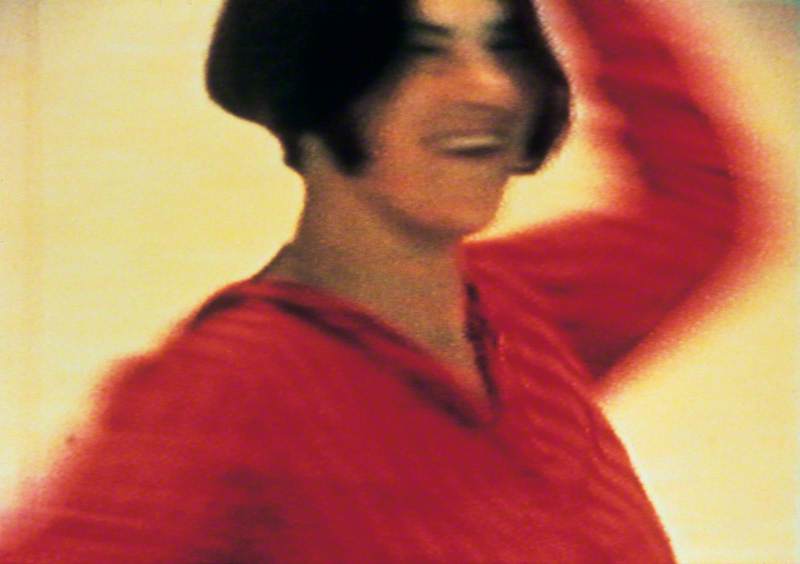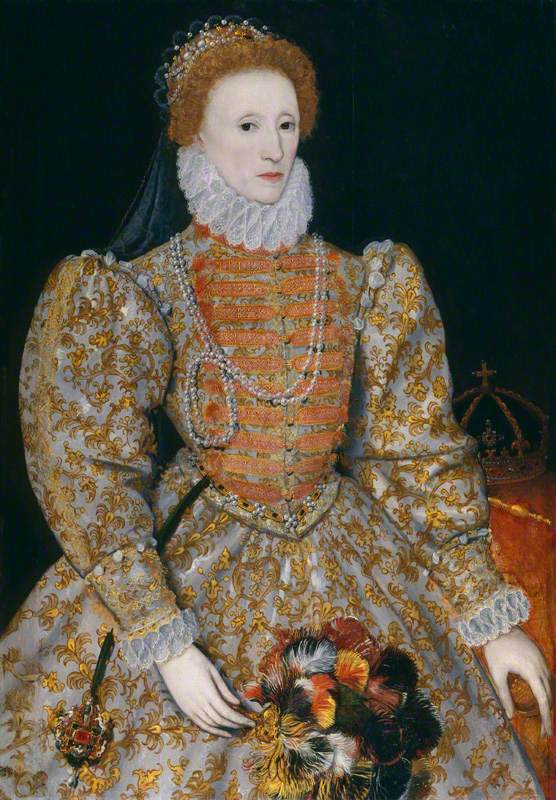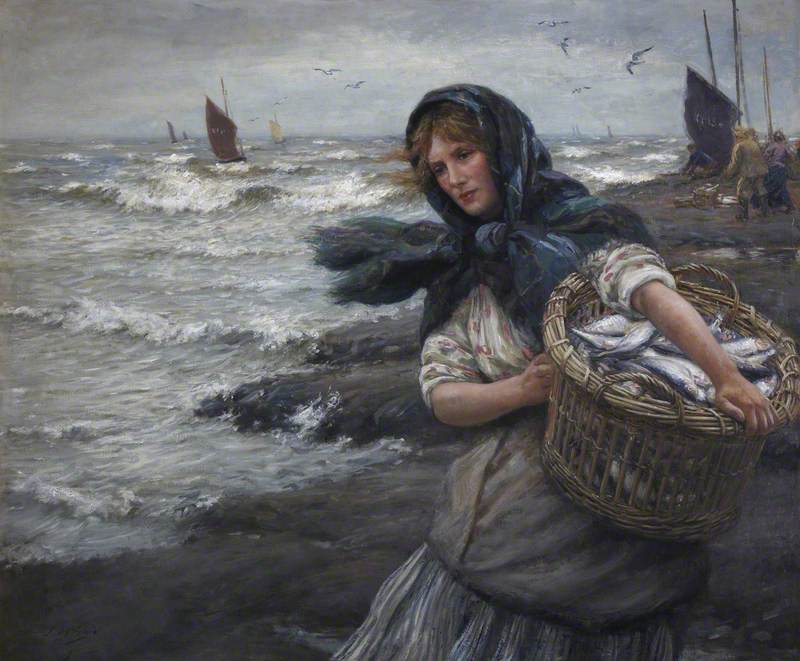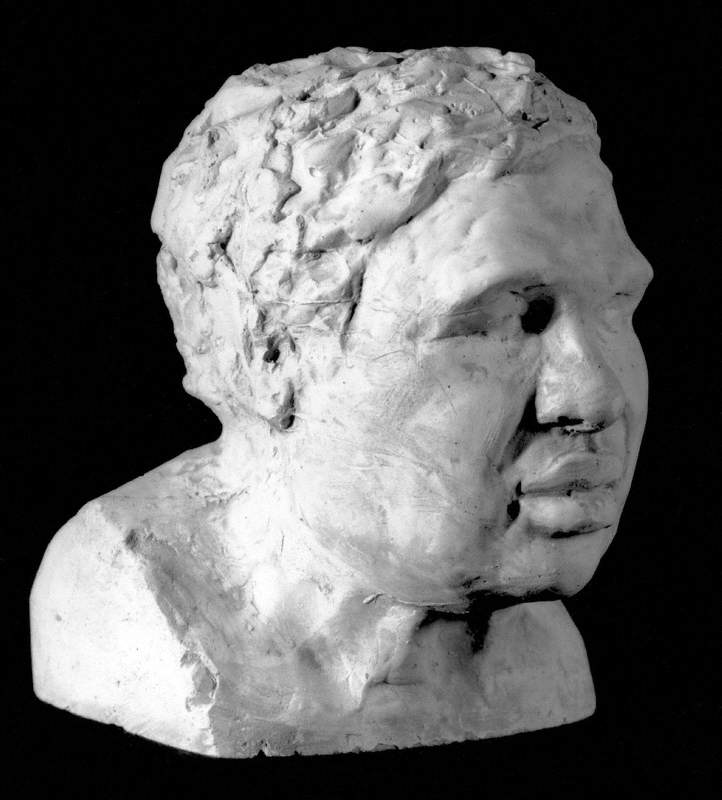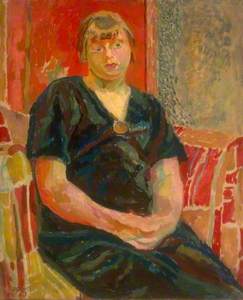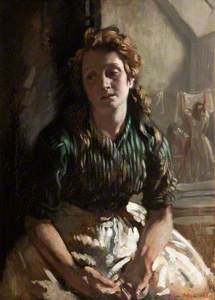I was in London looking for inspiration when a queen spoke to me.
It was in Oxford Street. I remember standing in front of Selfridges and gazing up at the Queen of Time clock. It wasn't the majestic pose of the Gilbert Bayes sculpture that caught my eye; it was her mysterious face. In that moment, I decided I would find out who she was and tell her story. This would be my passion project, a creative balance to my work as a commercial writer. I began my research with 1931, the year the Queen was unveiled.
The Queen of Time
figurative clock, installed 1931, gilt, enamel & bronze by Gilbert Bayes (1872–1953) 
I know who reigns over Selfridges now – Leopoldine Avico – and I know her family history. Four siblings, all child models to start, three with intriguing artistic legacies as adults. All largely forgotten for more than a century. For months I made little progress; then the research gods smiled and I found Christine Bassett, the daughter of one of Leopoldine's sisters, Gilda. With Christine's help, I have been able to shine a light on the Avico family's considerable involvement in early twentieth-century London art.
From there, it was a natural step to search for more anonymous sitters behind the paint and stone. It turned out to be a daunting task. During those early decades, a chance encounter could put a young sitter on a path to immortality without erasing her anonymity. Many of the models were poor, their names unrecorded, and no amount of research will resurrect them to a place of recognition. When I did succeed, it was satisfying to hold even the slightest identity up to the light.
In the end, I found the most satisfaction in researching that strata of models whose names are attributed to works without much personal context. They come alive in the details, hidden in century-old newspaper articles, correspondence and books long out of print. I marvel at Duncan Grant's stolid-looking portrait of Iris Tree, painted in 1915 (Reading Museum and Town Hall), because that same year the wild child scolded a much older Clive Bell for ignoring her, writing, 'You are a very foolish man to have rejected the steely sword-play of my glances…' Ah, teenage angst!
John Maynard Keynes, Baron Keynes; Lydia Lopokova
exhibited 1932
William Patrick Roberts (1895–1980) 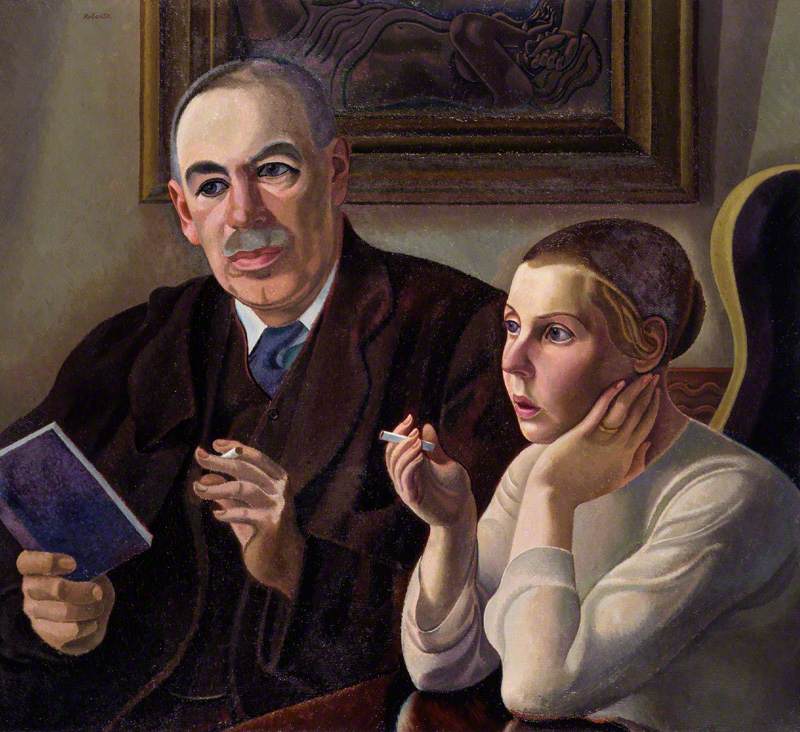
Another painting, this one of Lydia Lopokova by William Roberts (National Portrait Gallery), shows the Russian ballet dancer seated with her husband, John Maynard Keyes. She can be forgiven for looking annoyed when you know that their love was an uphill battle against the disapproval of his Bloomsbury circle. Virginia Woolf griped that 'Lydia has the soul of a squirrel' and worse. Lydia did the sensible thing and de-stressed by dancing naked in the Sussex fields at dawn.
If you type 'Lottie Stafford' into Art UK, you'll see an exhausted young washerwoman captured by William Orpen in his 1905 painting Resting (Ulster Museum). You may think her fortunate to be a prized model of Orpen, William Nicholson, George Lambert and other artists. But there is reason to believe she was sometimes told she was too self-assured to pose as a servant. Imagine what she must have thought on those occasions, tired to the bone and over-qualified to sit still. Nicholson, at least, celebrated her natural elegance in paint.
In the end, the famous, infamous, workaday and anonymous sitters of early twentieth-century Britain have a great deal in common. Many of them made bold choices for their time. They range from charwomen to aristocrats, with motivations just as diverse: income, fame, love, prestige, vanity, lust, patriotism or simple curiosity. The more we know about them, the more we can appreciate their role in history.
Lucy Merello Peterson, author of The Women Who Inspired London Art







